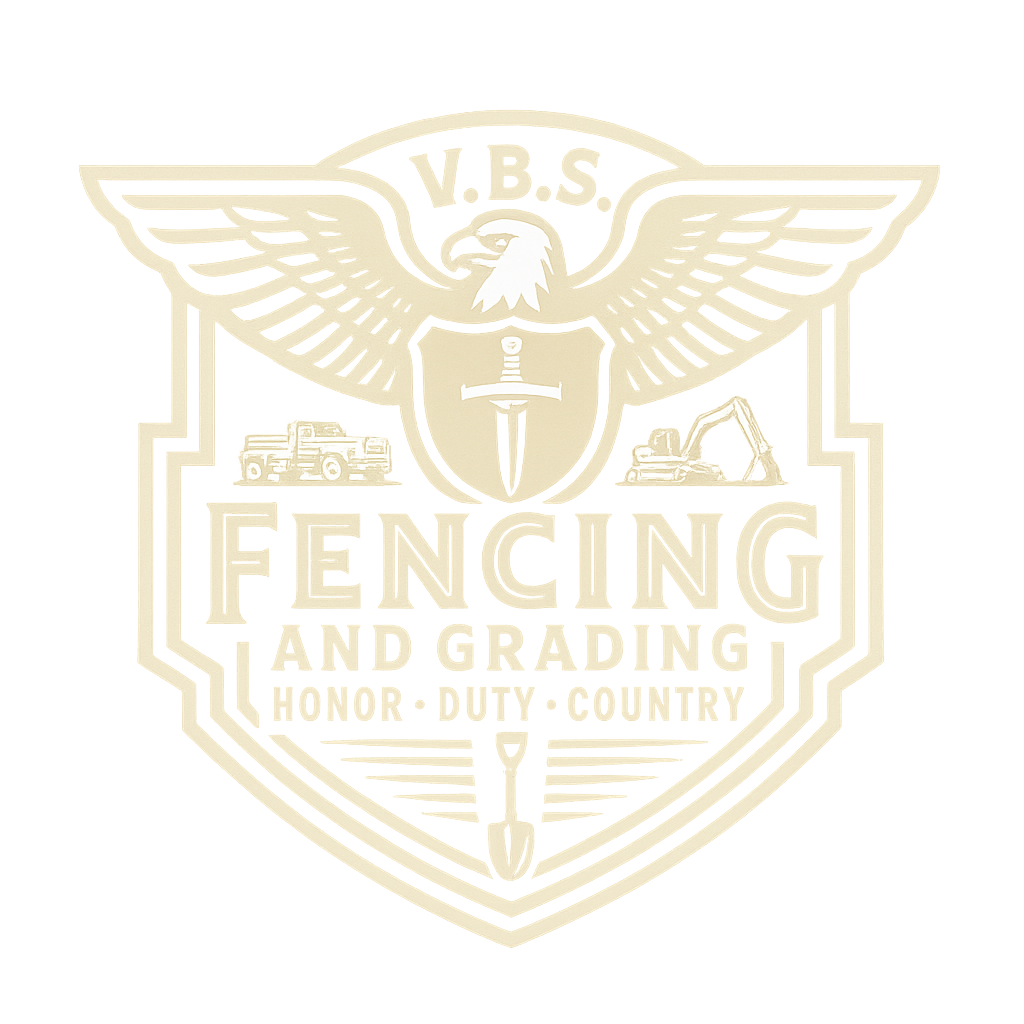Fence Fundamentals: The Ultimate Guide to Installation & Repair
Homeowners often wonder about the differences between installing a new fence and repairing an existing one. Here’s what you need to know:
New Installation vs. Repair:
Installing a new fence involves designing the layout, preparing the site, and installing all posts, panels, or rails from scratch. This process can include tasks such as digging post holes, setting concrete, and ensuring the fence aligns perfectly with property boundaries. In contrast, fence repair typically focuses on addressing specific issues like replacing damaged panels, resetting loose posts, or reinforcing weak spots to restore the fence’s structural integrity.
Pricing Insights:
New Installation Costs:
The cost for new installations depends on the fence material and design complexity. For instance:
Wood: Generally ranges from $15 to $30 per linear foot.
Vinyl: Typically costs between $30 and $45 per linear foot.
Ornamental Metal or Custom Designs: These can run higher, often above $45 per linear foot.
Factors such as terrain, local labor rates, and additional features (gates, custom finishes) can also influence the final price.
Repair Costs:
Repairs are priced based on the extent of the damage. Minor fixes (like replacing a few panels or posts) might cost a few hundred dollars. However, if structural issues affect a larger section of the fence, the cost can increase significantly. Always consider getting a professional assessment to understand the scope and prevent future issues.
Material and Labor Considerations:
The choice of materials not only affects the aesthetic appeal of your property but also its longevity. While a new fence installation may involve a higher upfront cost due to purchasing all new materials and labor-intensive work, it often provides an opportunity to upgrade to more durable, weather-resistant options. Repairing a fence can be cost-effective if you’re maintaining an existing, well-built structure—but sometimes, matching new materials to an older fence might require additional effort and expense.
Long-Term Value and Curb Appeal:
Investing in a quality fence installation or timely repairs enhances your home’s security, privacy, and overall curb appeal. A well-maintained fence not only elevates the visual appeal of your property but can also protect your landscaping and increase your home’s resale value. Regular maintenance and prompt repairs can prevent minor issues from evolving into major problems, saving you money in the long run.
Understanding these differences will help you make an informed decision that aligns with your budget and long-term home improvement goals. Whether you’re considering a fresh start with a new installation or looking to preserve the charm of an existing fence, proper planning and expert advice are key to ensuring your fence stands strong for years to come.

